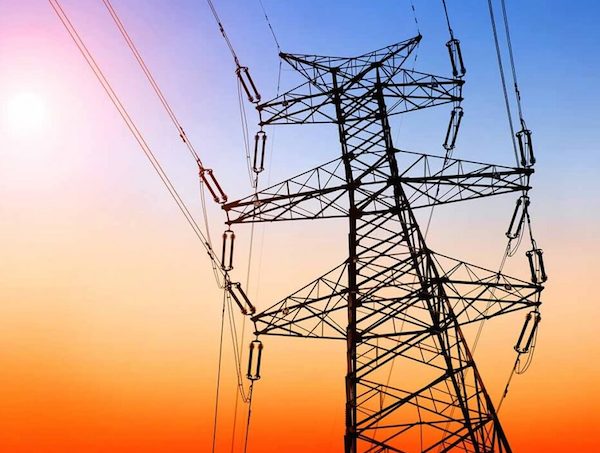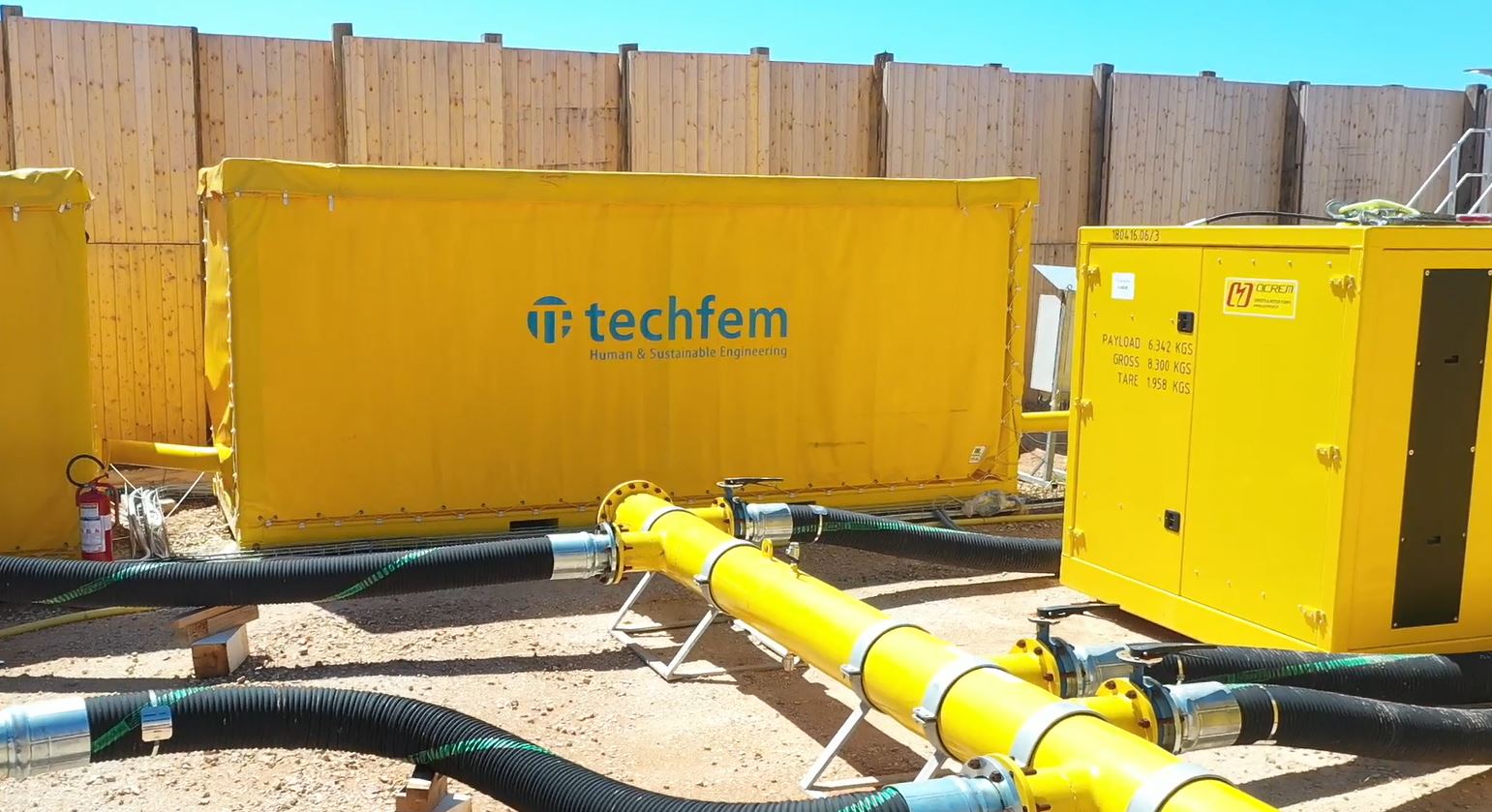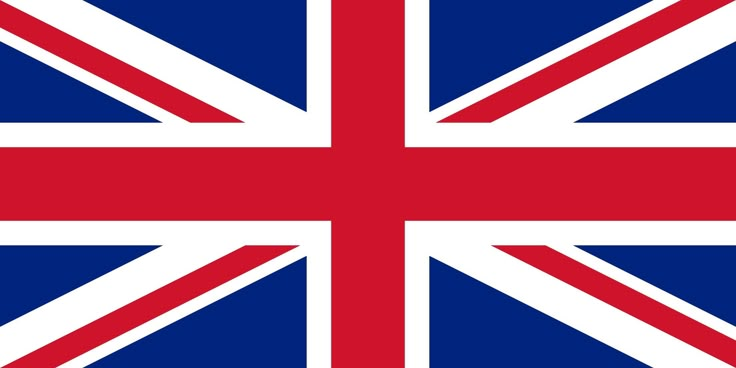OPINION
Why are so many Nigerian homes still in the dark despite far-reaching reforms? In this fact sheet, we test the charge on Nigeria’s electricity challenge. Reliable electricity continues to elude many Nigerians despite a slew of policies and billions of naira in budget appropriations to improve supply.
The country’s long-standing electricity deficit is persistently blamedfor hurting economic growth . In January 2018, the country experienced a national outage after a pipeline-fire crippled gas supply to several generating stations.
Just what is Nigeria’s electricity situation? Access: About 74 million in the dark, Nigeria is listed as one of three countries experiencing more than 60 power outages every week, along with the Comoros and Guinea. This is according to a 2017 report covering 140 countries by the World Bank and the International Energy Agency , which provides insight on global energy affairs.
In 2016, only six in 10 Nigerians had household access to electricity – either from the grid or from a renewables-based off-grid source –according to the energy agency , leaving an estimated 74 million people in the dark.
To cope with the frequent blackouts and lack of access, a quarter of Nigerians relied on generators in 2016, while nearly a third resorted to rechargeable lamps (32.3%). Another fifth (21.7%) turned to kerosene lamps and battery-operated torches. There were the findings of a 2016 Living Standard Measurement Study by the World Bank and National Bureau of Statistics .
There are a number of reasons why Nigerians don’t have electricity. Some communities still don’t have any infrastructure, while the 2016 Living Standard Measurement Study found that 24.4% couldn’t afford the connection fee.
Generation: 29 power plants
Following reforms which started in 2005 , Nigeria’s electricity monopoly was unbundled into 18 companies overseeing power generation, transmission and distribution. The state retains varying shareholding in 11 firms in the distribution stage, but solely runs the nationwide grid under the Transmission Company of Nigeria .
A daily briefing site run out of the vice-president’s office lists 29 power plants, two of which are currently not operational. The plants are mostly located in the country’s south.
As at 11 March 2018, six did not send out any power – this number fluctuates regularly based on various constraints, such as inefficiencies in gas supply and changing water levels.
Gas thermal plants generate about 85% of the country’s power while hydroelectricity supply the rest.
Capacity: Average of 3,926 MW h/h produced
Nigeria has an installed capacity of 12,522 MW, according to the Nigeria Electricity Regulation Commission. This refers to the maximum output of electricity that can be produced under ideal conditions. But the average operational capacity is “far below” this, the regulator notes . Operational capacity is the electricity produced in a specific period of time, say an hour or day. The most recent data from the Nigeria Electricity Hub, a tracking portal by an energy advisory firm, shows that Nigeria generated an average of 3,926 MWh/h in February 2018. The lowest output was on 1 February, at 3,023 MWh/h, and the highest (4,277 MWh/h) on 15 February. Nigeria’s highest generation ever took place on 25 August 2015 with 4,811 MWh/h produced.
Transmission: 197 substations
At the beginning of 2018, the country’s transmission network had 197 substations, up from 159 in 2015. The Transmission Company of Nigeria says actual transmission capacity stood at 7,124 MW at the end of February 2018, the company’s general manager of public affairs, Ndidi Mbah, told Africa Check.
Losses: Only 46% of customers have prepaid meters
Of Nigeria’s 12,522 MW installed capacity, 5,381 MW was lost to maintenance and repair issues in 2015, a baseline report by the vice-president’s office found. The culprits were identified as insufficient gas supply, old infrastructure, sabotage and vandalism, poor water management and line constraints. Only a fraction of the country’s installed capacity – variously identified as 15% or 25% – reached end users.
Compounding these problems, only about half of the 7.48 million electricity customers on the books of the country’s 11 distribution companies have prepaid meters. This is according to an electricity supply report by the official data agency for the fourth quarter of 2017. With four million users having no meters or the readings of their old meters not being taken, distribution companies are unable to determine the exact amount of electricity their customers consume. Many therefore get contentious estimated bills. In March 2018, the Consumer Protection Council reportedly warned distribution companies against arbitrary billing and illegal disconnections.
The overhaul of electricity infrastructure and more favourable laws and policies since the reform programme have begun should ideally attract more investors and increase generation capacity, Ayodele Oni told Africa Check. He is an energy lawyer and consultant.
But “continued theft, vandalism and collection losses” persist in weighing down the sector, he added.
Pricing: Firms need at least N65/kWh
Following a 2015 review, Nigeria’s electricity commission set the electricity tariff at between N22 and N42 per kWh (7 to 14 US cents/kWh). This was an increase from N10 per KWh, which used to be one of the cheapest on the continent. Distribution companies have warned that even this higher tariff structure is not viable as it does not cover their costs, instead proposing at least N65/kWh. Consumers, especially manufacturers, would not have a problem with higher tariffs – if the electricity were available, Chijoke James, the president of Electricity Consumers Association of Nigeria, told Africa Check. “They are willing, ready and able to pay for services rendered,” he said. “Unfortunately, [the] majority of consumers pay for services not rendered, because over 50% are unmetered. They receive estimated bills even for months when they had power supply for less than two days, and they either pay or they are disconnected.”
‘Nigeria requires at least 50,000 MW’
The electricity sector has been hurt by weak regulation and implementation of existing laws by government, Obioma Onyi-Ogelle, who teaches energy and natural resources law at the Nnamdi Azikiwe University, told Africa Check. “When we do privatisation in Nigeria, it’s usually not 100%; it is partnership,” he said. “The control that the government has should be properly exercised and it should be felt by Nigerians. Government needs ensure that the private sector players do what they are required to do.”
James said the sector has the potential to become profitable and grow – as the telecommunication industry had – because demand is high. “In the past 10 years, we have heard our policymakers say their target is to attain the generation and evacuation of 10,000 MW. This is grossly inadequate because we believe Nigeria requires at least 50,000 MW to meet its needs.” To be sure, Nigeria has a number of power plants in the pipeline, but these will add just over 5,000 MW to its installed capacity:
Azura power project (459 MW), which is completed and undergoing commissioning tests.
Geometric power project (1,140 MW) has been completed but is not yet operational.
Zungeru hydroelectric power project (700 MW), which began in 2014 and is expected to be completed in December 2019.
The contract for Mambilla hydroelectric power project (3,050 MW) was signed in November 2017.
A number of solar power projects targeting hundreds of megawatts have sprung up across the country, with GreenWish Partners set to invest US$280 million to build solar power plants in Nigeria.
Source: ALLAFRICA









